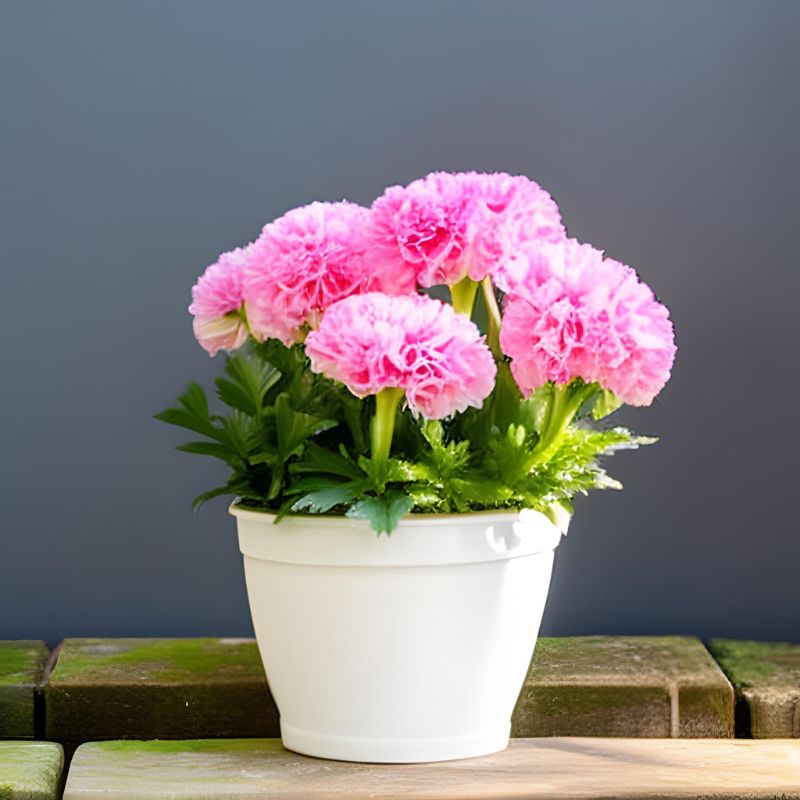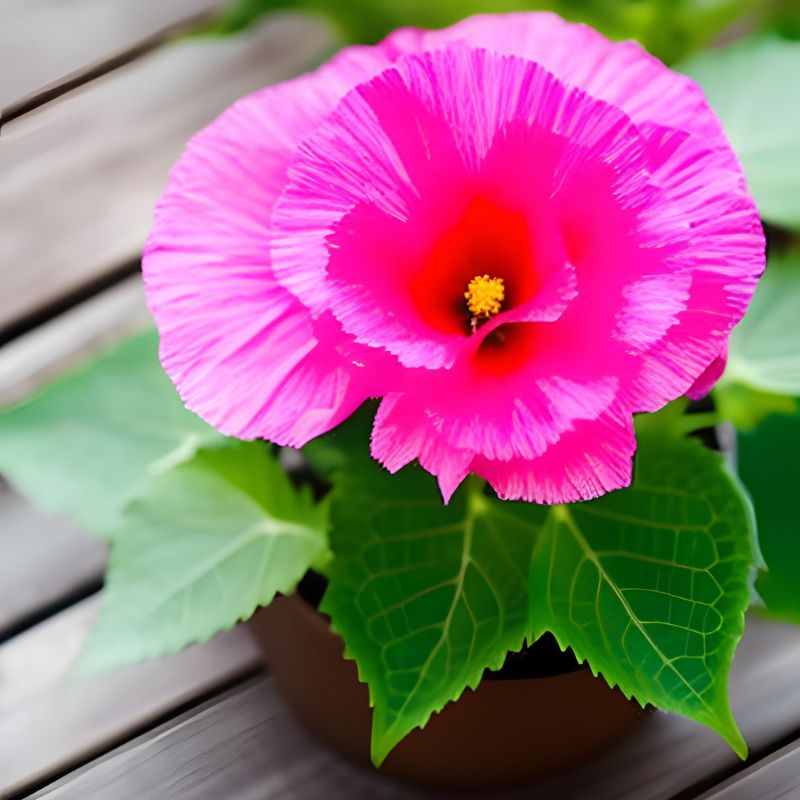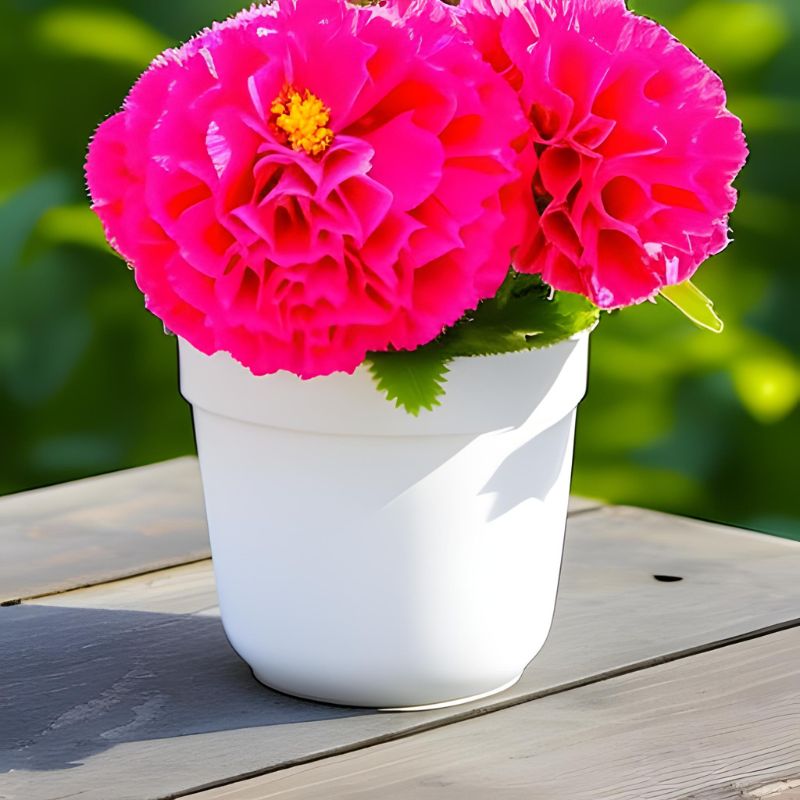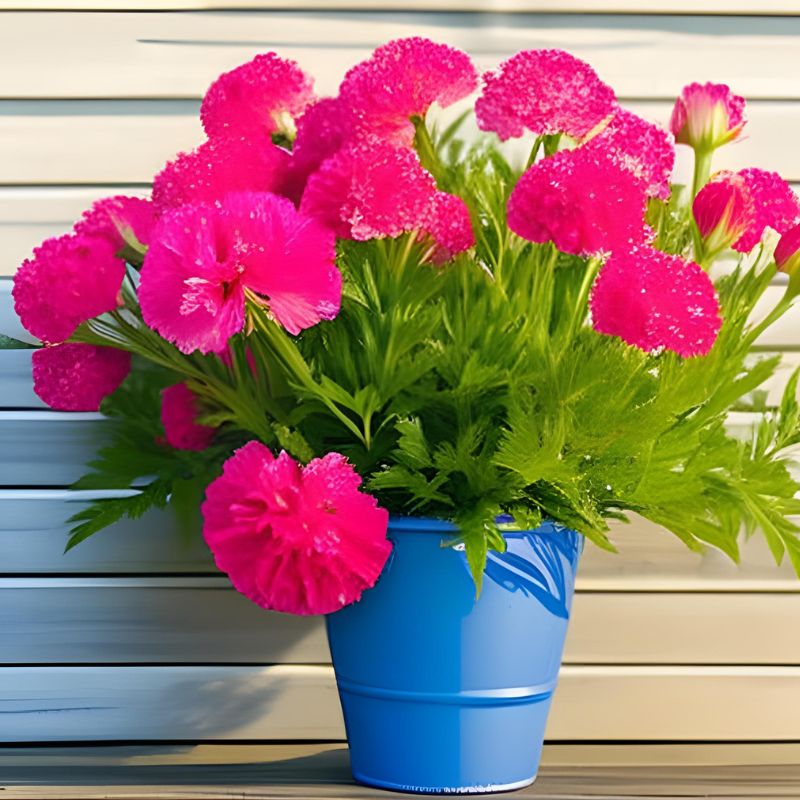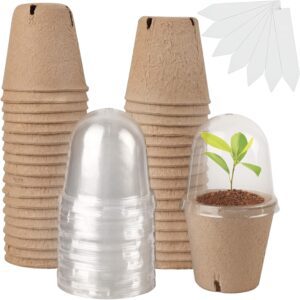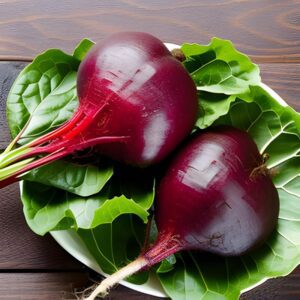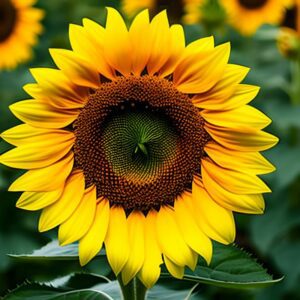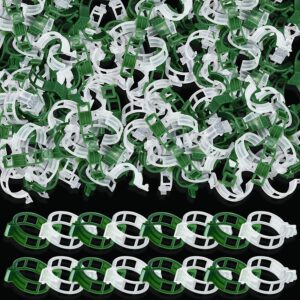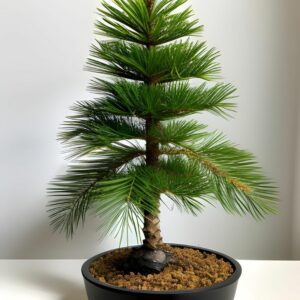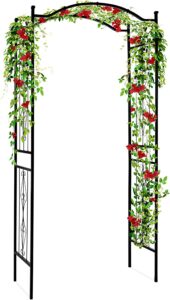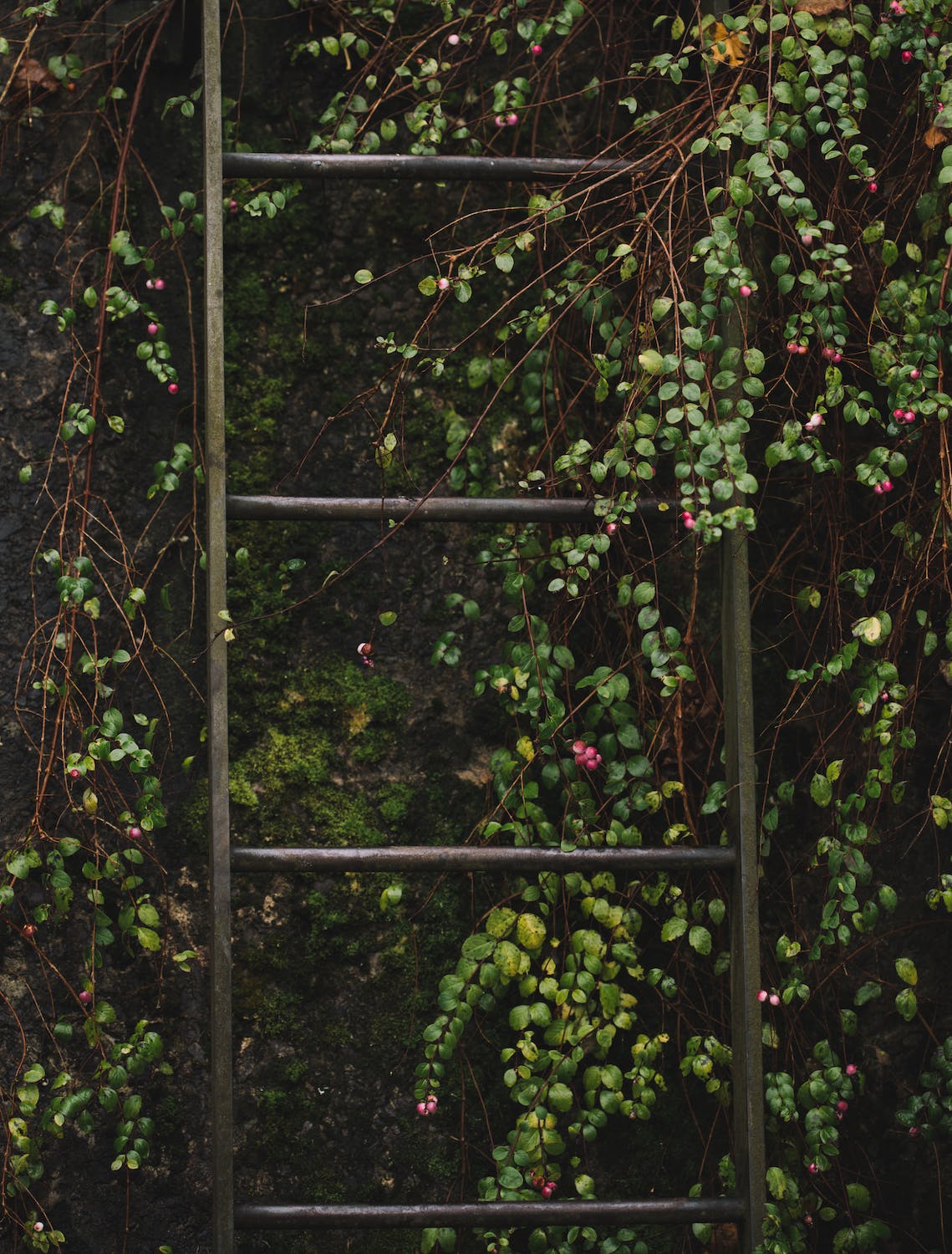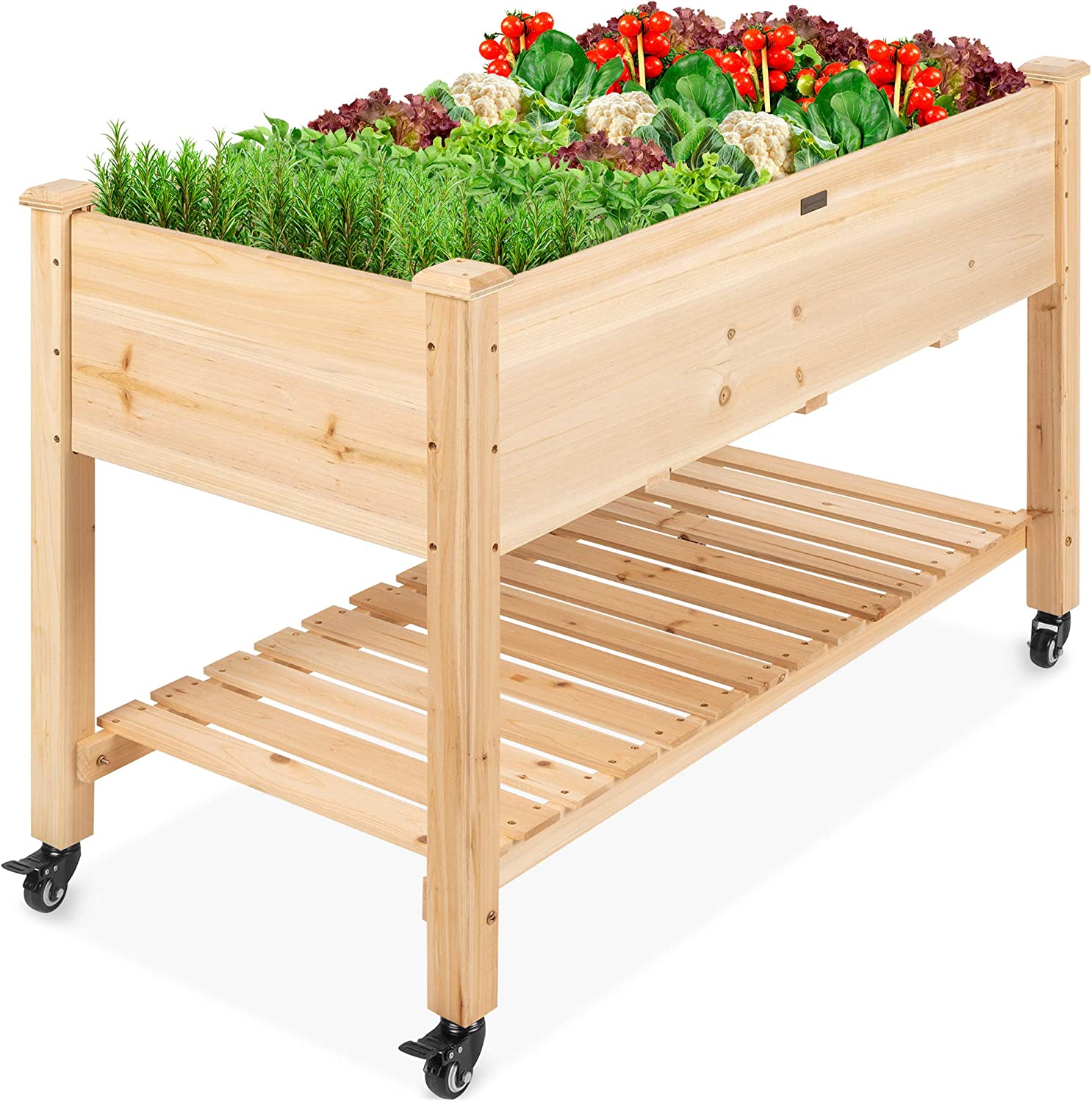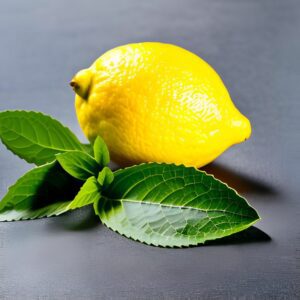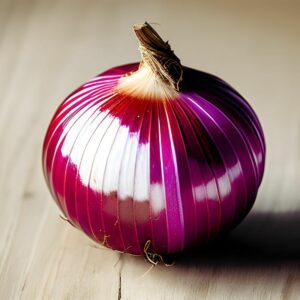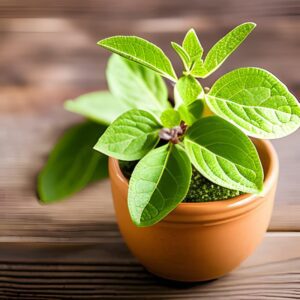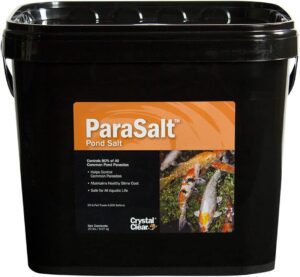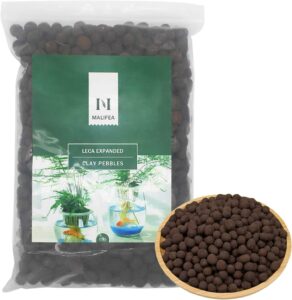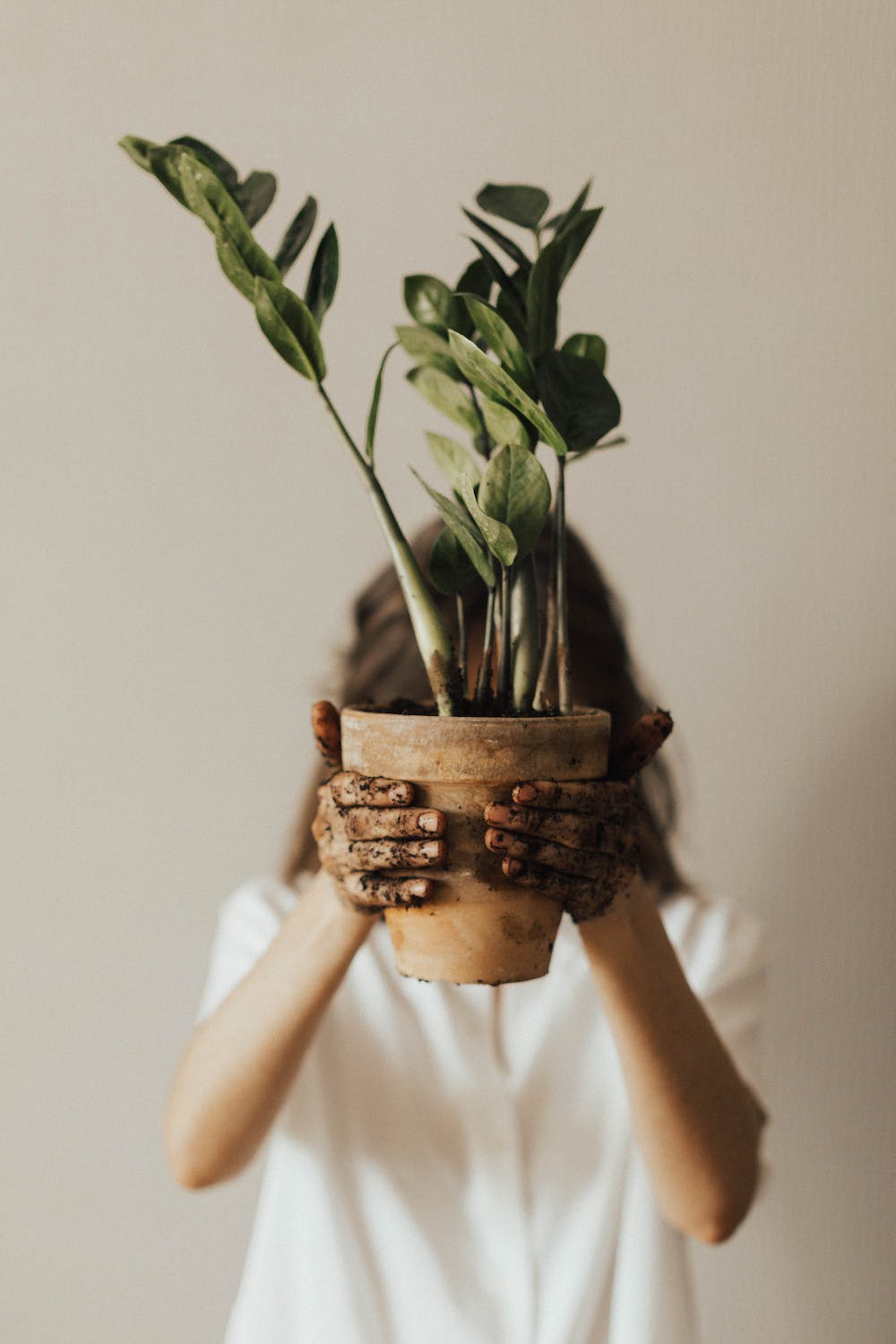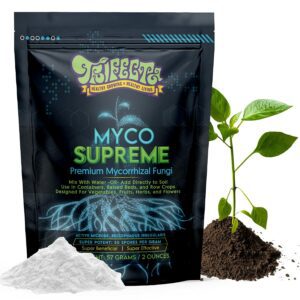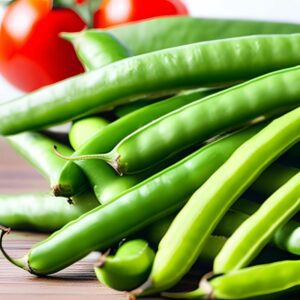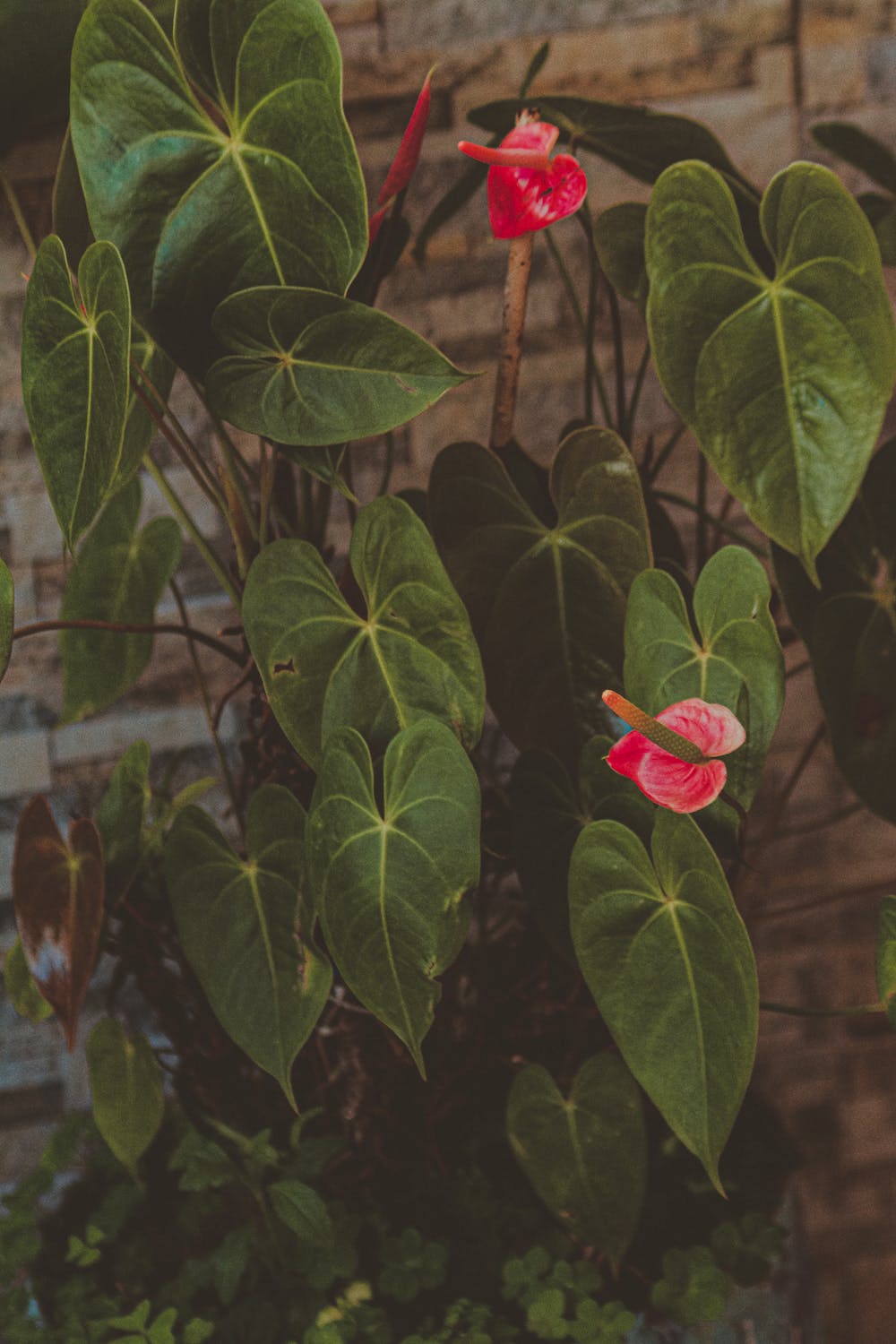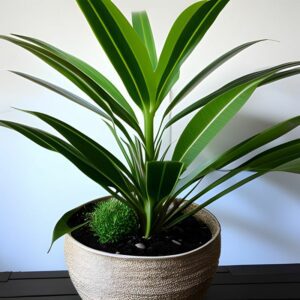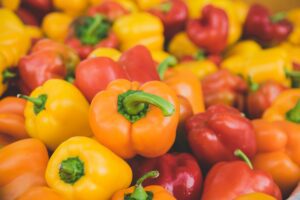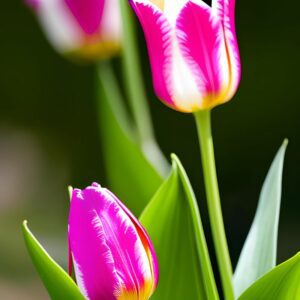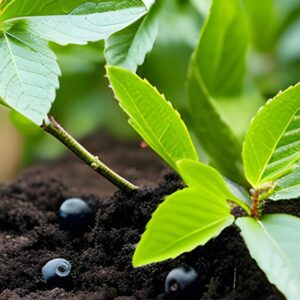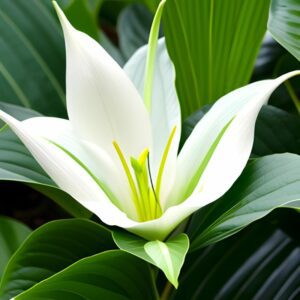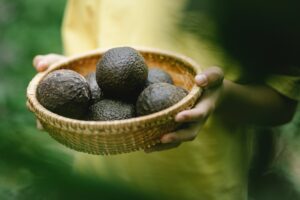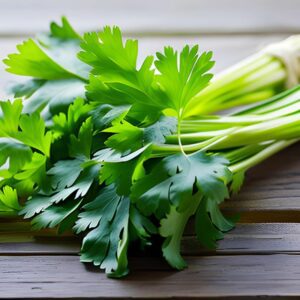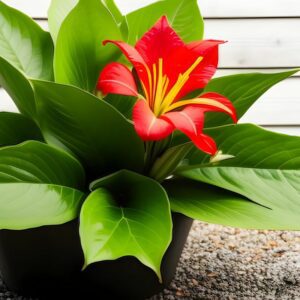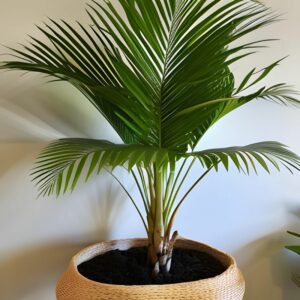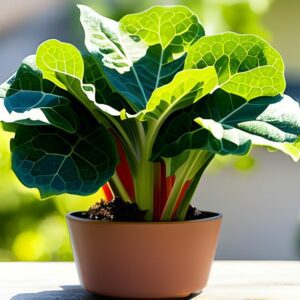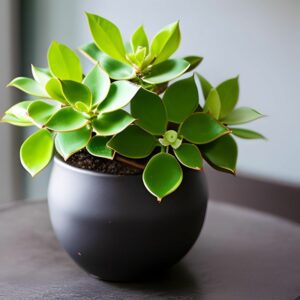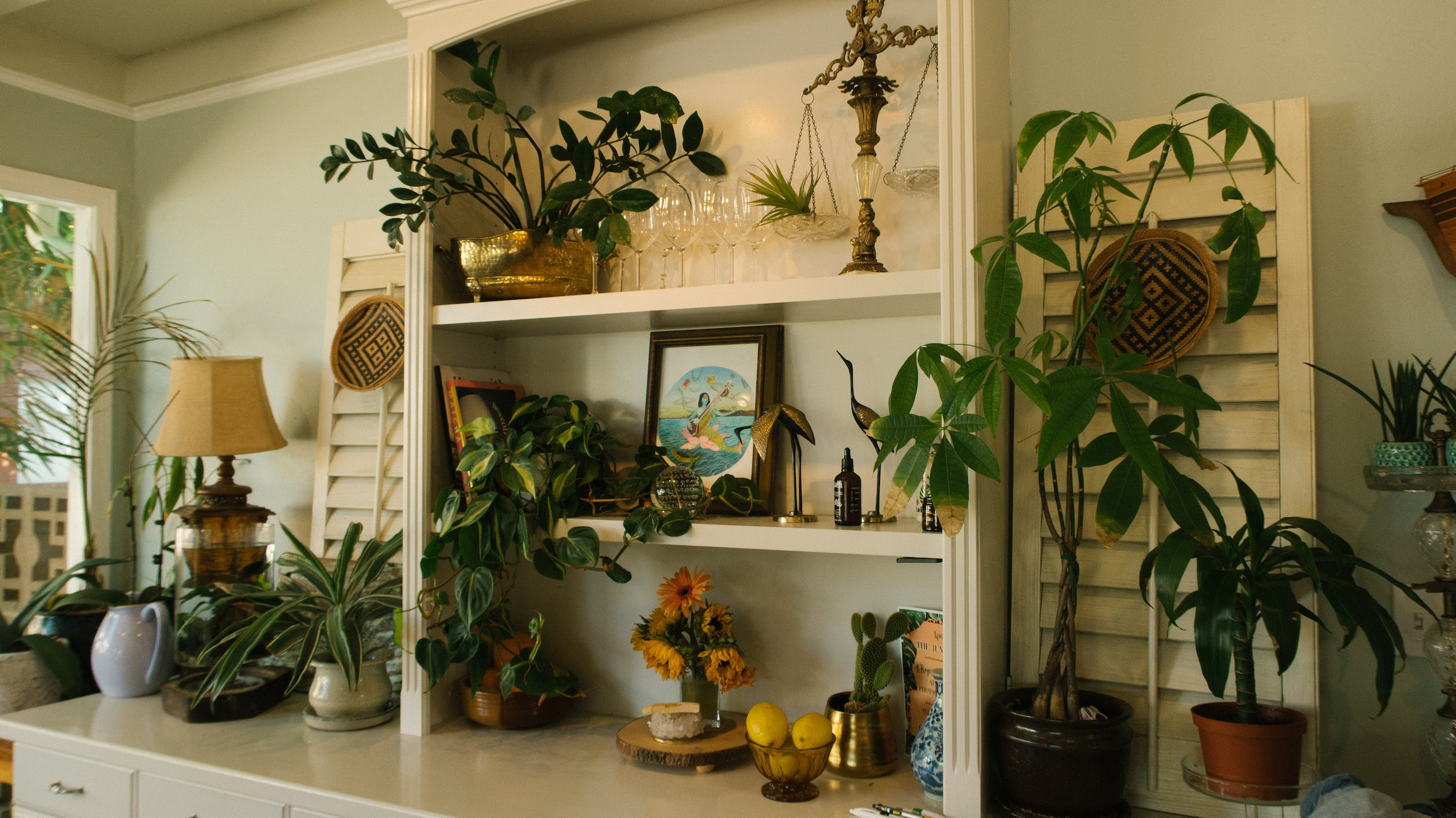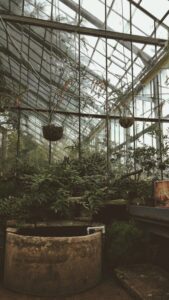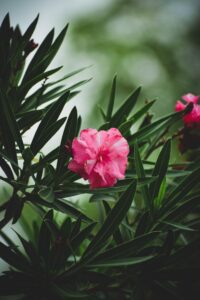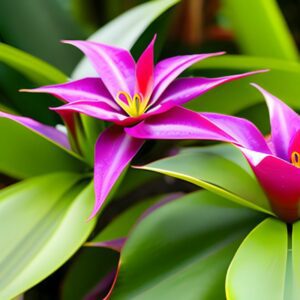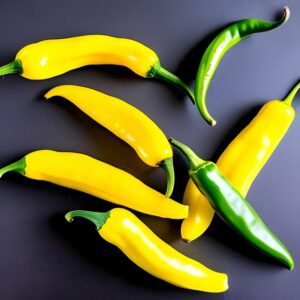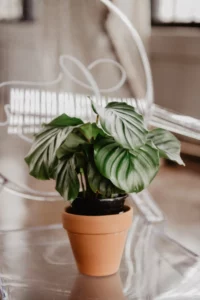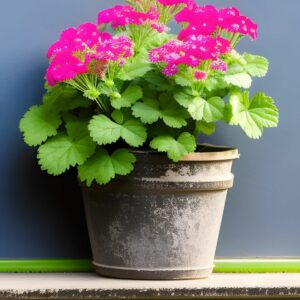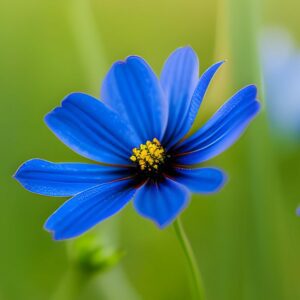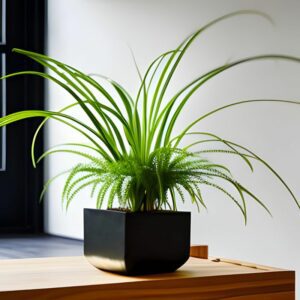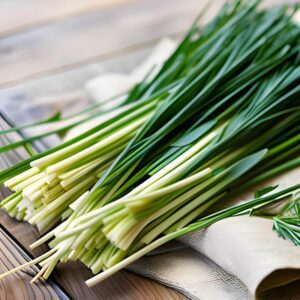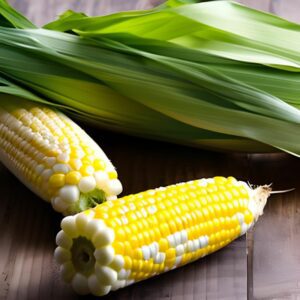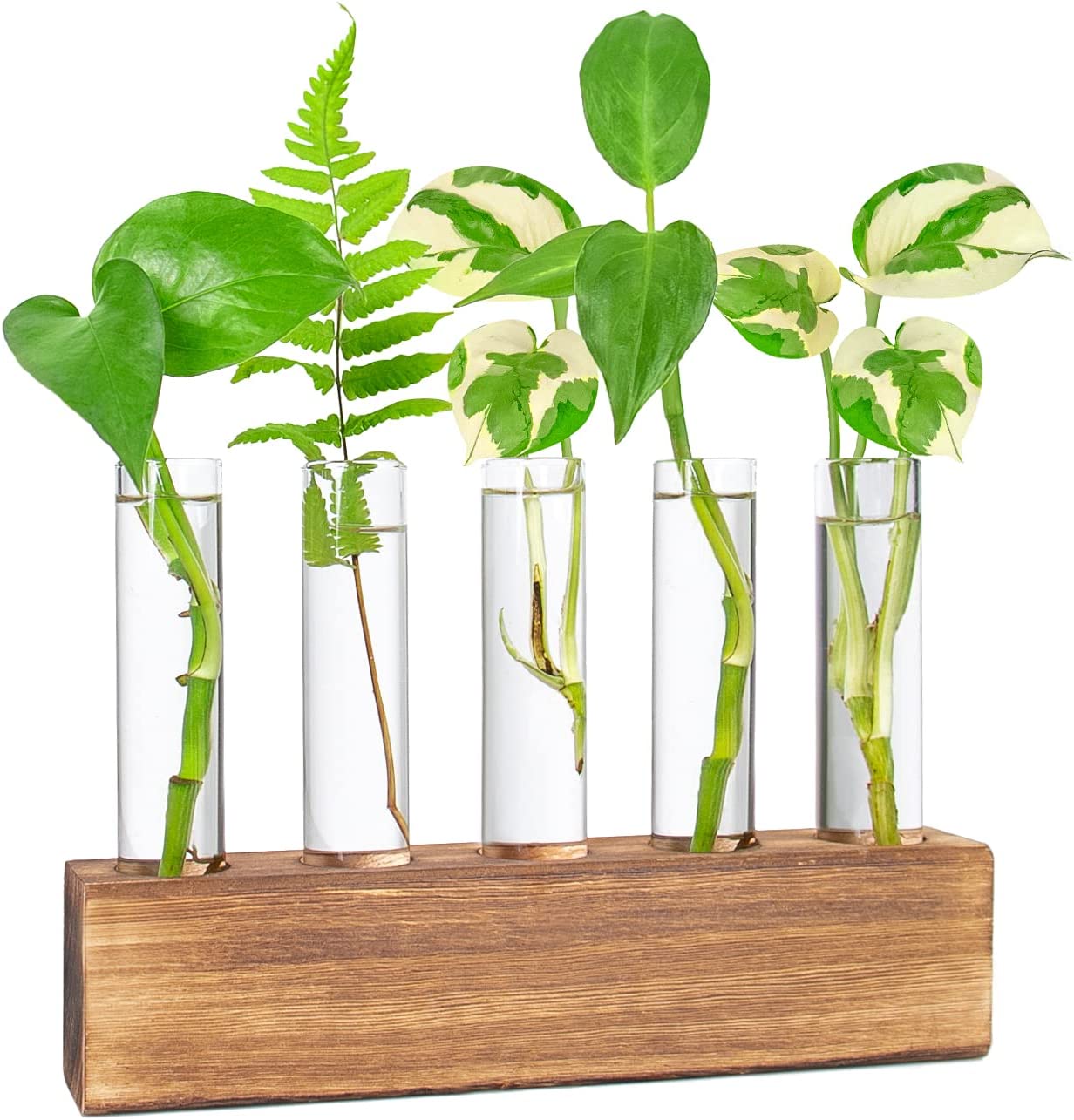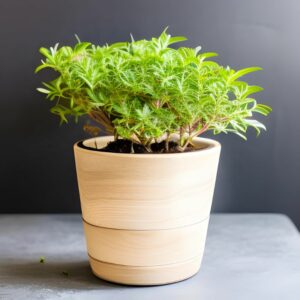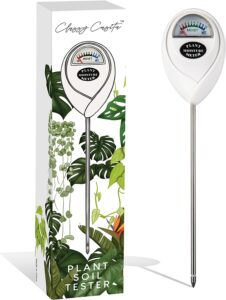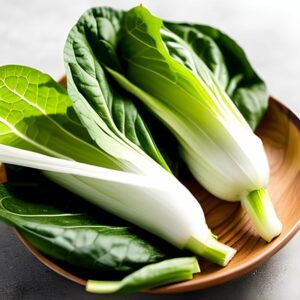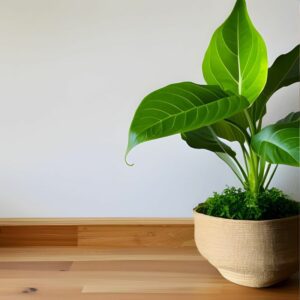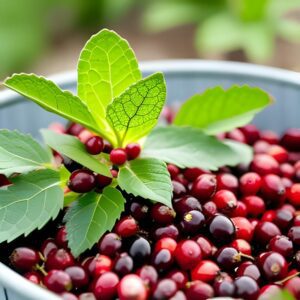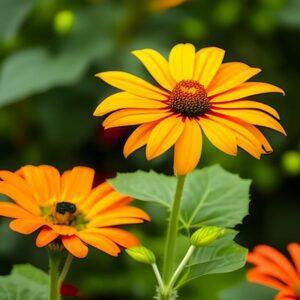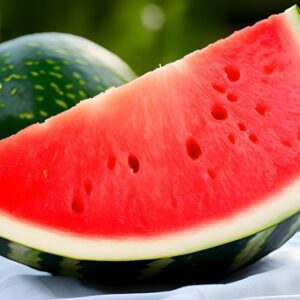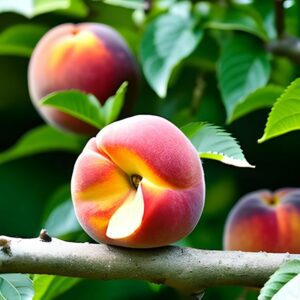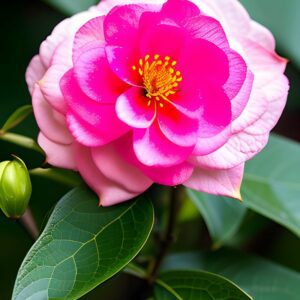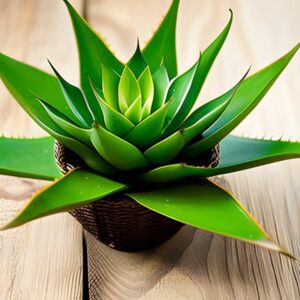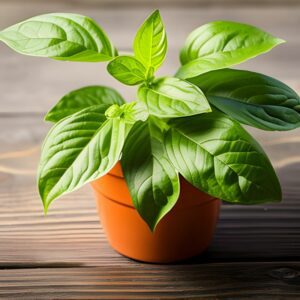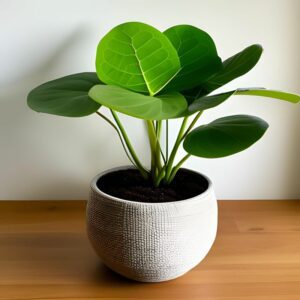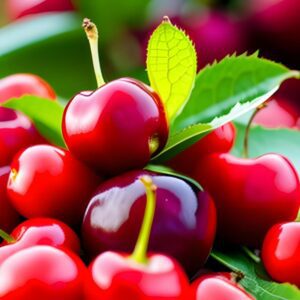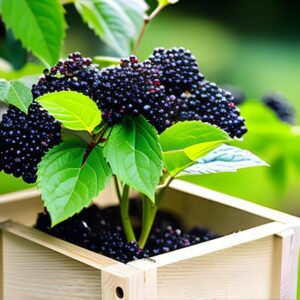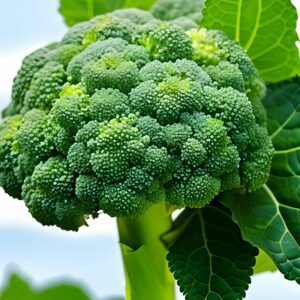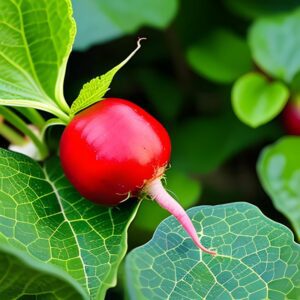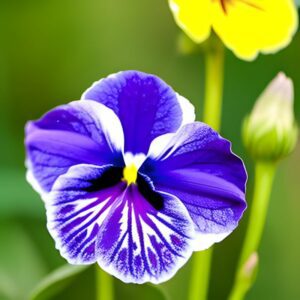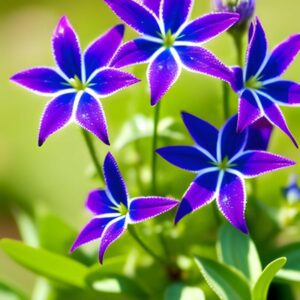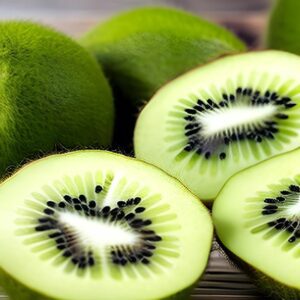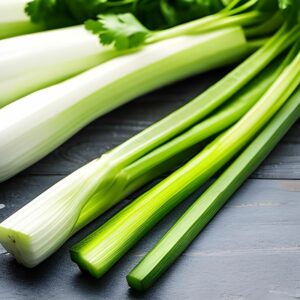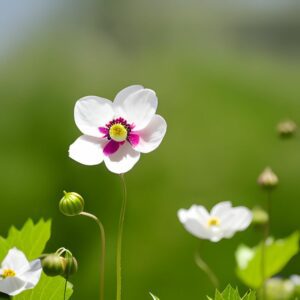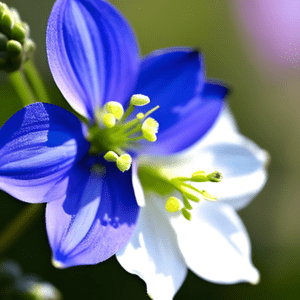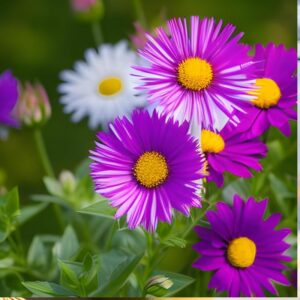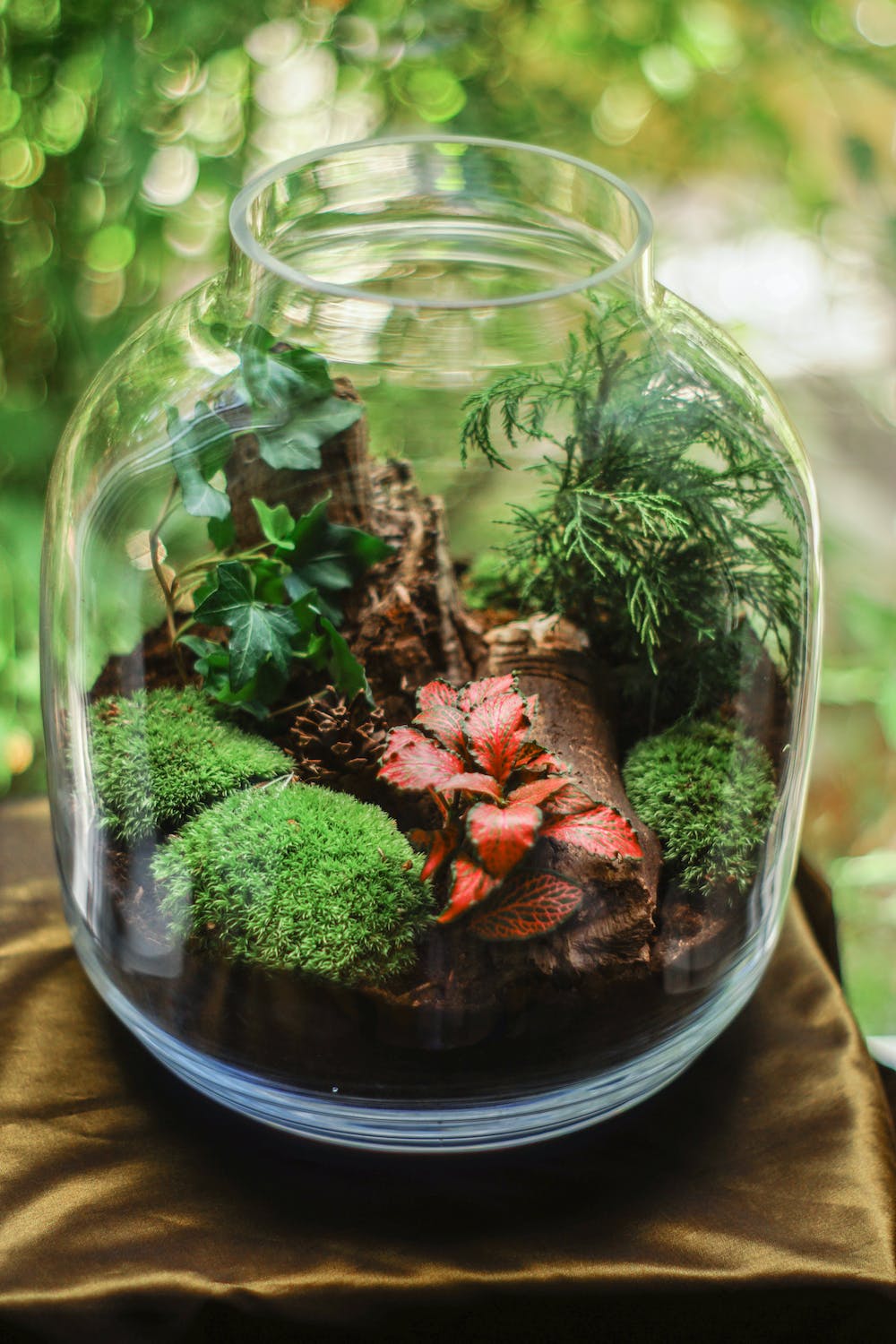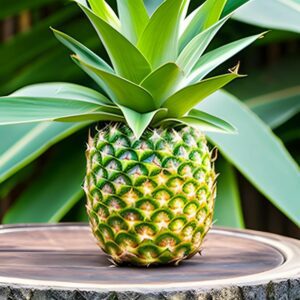Carnation
Flowers
- Mediterranean region
- Moderate
- 8-12 weeks
Introduction
Carnations are beautiful and fragrant flowers that originated in the Mediterranean region. They are known for their ruffled petals and a wide range of colors, making them popular in floral arrangements and gardens. Carnations are also symbolic flowers often associated with love, admiration, and affection.
Plant Characteristics
Carnation flowers have layered petals with a delicate and ruffled appearance. They come in a variety of colors, including shades of red, pink, white, and yellow. The plants can grow up to 1-2 feet in height, and the flowers have a pleasant fragrance.
Ideal Growing Conditions
Carnations thrive in full sun to partial shade. They prefer well-draining soil that is rich in organic matter. Carnations require moderate watering, allowing the soil to dry out slightly between waterings. They also benefit from regular deadheading to promote continuous blooming.
Planting Guide
Plant carnation seeds or young plants in spring after the last frost date. Prepare the soil by removing weeds and incorporating compost or aged manure. Space the plants 8-12 inches apart to allow for airflow and growth. Plant seeds at a depth of ¼ to ½ inch.
Watering and Fertilizing
Water carnations regularly, aiming to keep the soil evenly moist but not waterlogged. Mulching around the plants can help retain moisture and suppress weeds. Fertilize every 4-6 weeks with a balanced flower fertilizer to support healthy growth and abundant blooms.
Pruning and Maintenance
Trim off faded or spent flowers regularly to encourage the growth of new blooms. Prune back the plants in late summer or early fall to remove dead or overgrown stems. Keep an eye out for pests like aphids or spider mites and take appropriate measures to control them.
Harvesting or Flowering
Enjoy the vibrant and fragrant blooms of carnations throughout the growing season. Cut the flowers when they are in full bloom and place them in a vase with fresh water to enjoy their beauty indoors. Carnations can also be dried for long-lasting floral arrangements.
Post-Harvest Care
Remove any wilted or discolored flowers from the vase and change the water regularly to extend the vase life of cut carnations. If drying the flowers, hang them upside down in a cool, dry place until they are fully dried and ready for use.
Troubleshooting
Carnations can be prone to fungal diseases such as powdery mildew or rust. Ensure good air circulation around the plants and avoid overhead watering. If necessary, apply appropriate fungicides to prevent or treat these diseases.
Fun Facts
Carnations have a rich history and are one of the oldest cultivated flowers. They have been used in various cultural and religious ceremonies throughout centuries. In some cultures, specific colors of carnations hold symbolic meanings. Carnations are also known for their long-lasting blooms and are often used in corsages and boutonnieres for special occasions.
